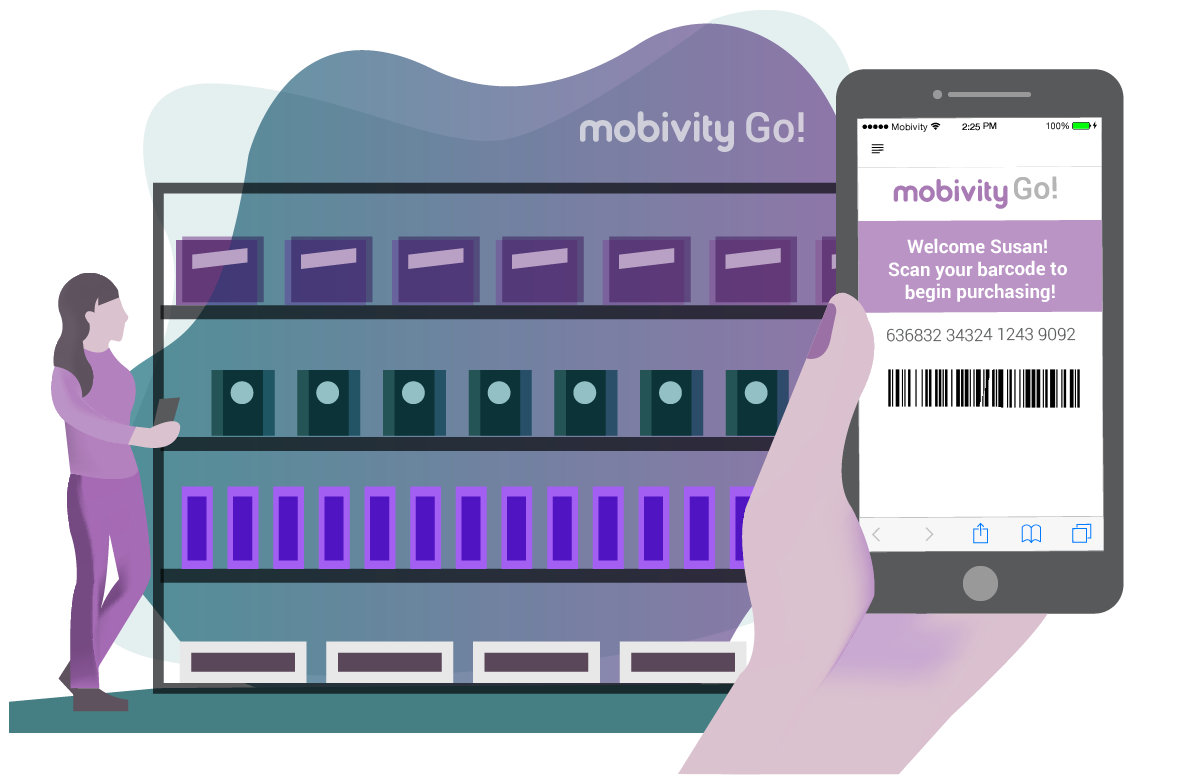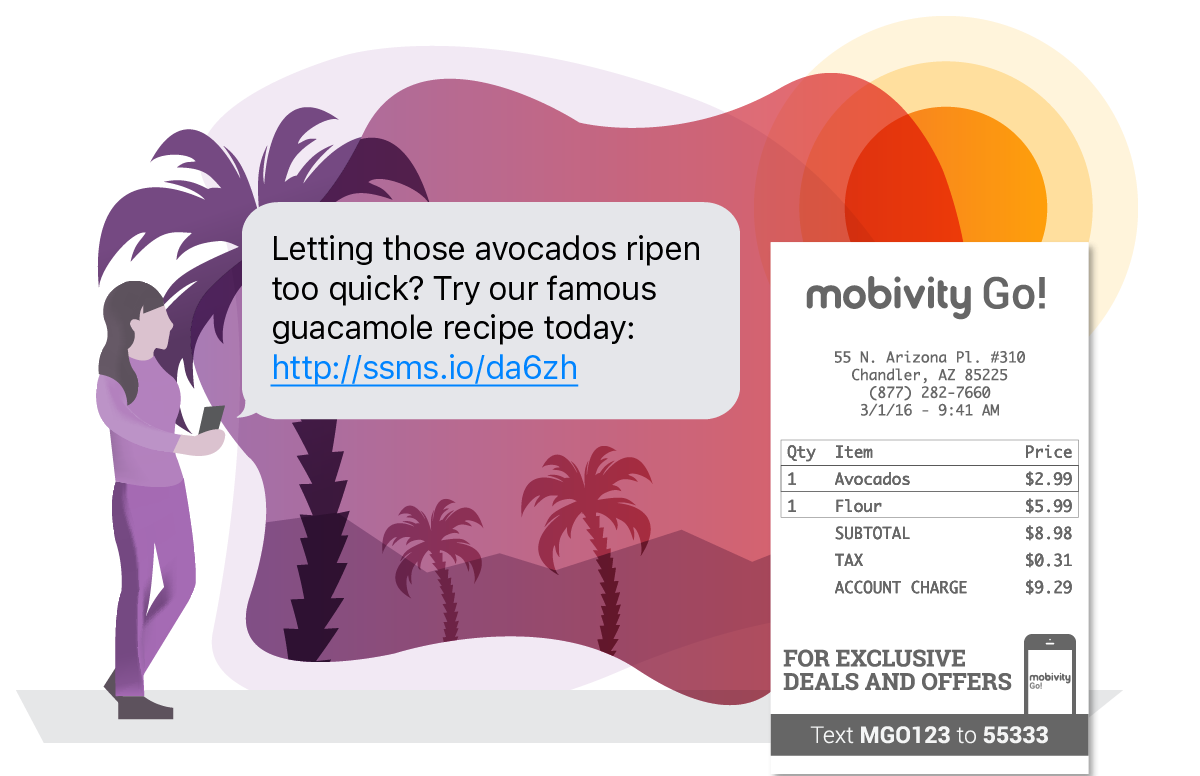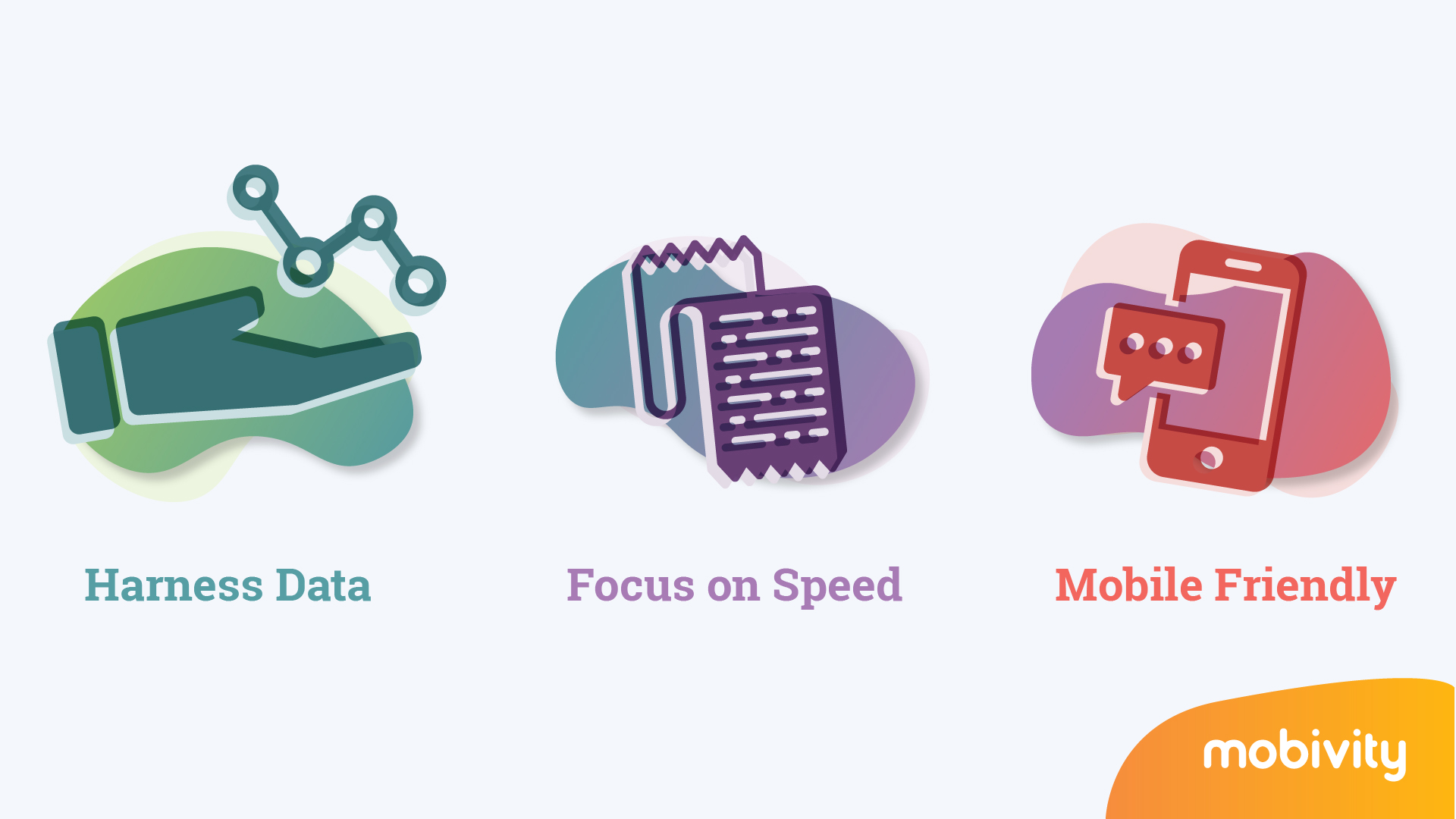For nearly 25 years, Amazon has worked to define and evolve the concept of online commerce. And as if that wasn’t enough, Amazon Go is beginning to redefine how we think of the traditional in-store shopping experience, too. But at what cost?
The Go Shopping Experience
Amazon Go, a new convenience store concept which provides a unique shopping experience, first opened in the company headquarters in Seattle, WA. What makes these stores so distinct? They are completely cashier-less. Using a simple mobile app, customers scan a personalized barcode when entering the store, and then are able to grab what they want from a variety of sandwiches, snacks, and groceries, and then simply walk out of the store without stopping to pay at a cash register. All of this becomes possible through a series of cameras and sensors that Amazon has developed that detect what a shopper takes off the shelves, and then automatically charges their account and emails them a receipt when they leave the store.

Amazon’s plan is to have about 10 locations open by the end of 2018, about 50 locations in major cities in 2019, and as many as 3,000 total locations open by 2021. This expansion, which would make Amazon Go one of the largest convenience chains in the United States, has the potential to threaten the business of brands like 7-Eleven, Speedway, and other quick-service eateries.
But even with this digital expansion, brick and mortar stores are still an important part of the consumer experience, and Amazon isn’t the only brand making the “Go” experience happen. Zippin opened their first cashier-less convenience store in San Francisco, and a few other key players have opened up stores across China and South Korea as well. Perhaps the most important question to ask in the wake of these openings is just how brick and mortar locations are expected to keep up with the steady flow of data and customer profiles Amazon and others will build through these stores, bringing the personalized experience that Amazon shoppers have enjoyed for years into the physical world at a wider scale than ever before.
Go Stores Keep Going
Adding to the angst for traditional brick and mortar retailers is the fact that tech innovations in these stores does not stop at the convenience of grabbing what you need and walking out. Soon, the software that powers Amazon’s Go stores will be sophisticated enough to get to know each customer’s individual preferences, and make recommendations based on those purchases next time, building customer profiles that are even more important than ever.
Imagine being notified by your grocery store when your favorite brand of cheese comes on sale, or having a special sauce recommended to you the moment you pick up your steak at the butcher’s counter – these types of hyper-personal connections will soon be possible between businesses and consumers. Zippin is already developing technology that will guide customers to any item in stock.

And theoretically, just because Go stores are cashier-less, doesn’t mean they don’t have any employees. It just means their employees spend more time making deeper customer connections – recommending products or helping to find merchandise, supporting an even better customer experience.
So, what does this mean for brands who thrive in the typical brick and mortar space?
With companies like Amazon opening up a new way to experience offline purchases, in a way that uses data to make every interaction smarter, existing brick and mortar retailers may be wondering how best to cement themselves in their customer’s routine, and ensure they don’t lose business. The answer is in compounding on years of quality customer experiences that online brands are just now learning to build in the real world.
The most important thing to offer your customers, outside the value of your products, is an experience that stays with them – in a good way. Luckily for most businesses, there are many ways to do this outside of dropping $1 million dollars on the hardware alone needed to open a store with Amazon Go machine vision and facial recognition.
Draw on Existing Technology
Technology adoption will continue to be a major factor in satisfying customer expectations and increasing loyalty. Things like self-order kiosks and dynamic digital signage will distinguish brands who are forward thinking from the pack, and there are a few simple things you can do today to stay ahead of the curve and at the forefront of your customer’s minds.
- Harness your data - Every transaction is an opportunity to create another. When you start collecting detailed customer records, it opens the doors to countless insights that will help your brand [discover new selling opportunities](/2018/07/to-restaurant-owners-who-want-to-harness-their-data-but-cant-get-started/), and make your customers feel like VIPs.
- Focus on speed of service - This doesn’t mean changing your traditional menu items. Instead, offer quicker alternatives for on-the-go customers, and add more online ordering and delivery services for ease of consumption.
- Be mobile friendly - Customers want timely, content-rich experiences from brands, and SMS is a cost-effective way to reach them with personalized offers. Target your customers based on buying patterns, time of day, or even seasonal trends by sending a message directly to the phone in their pocket.

